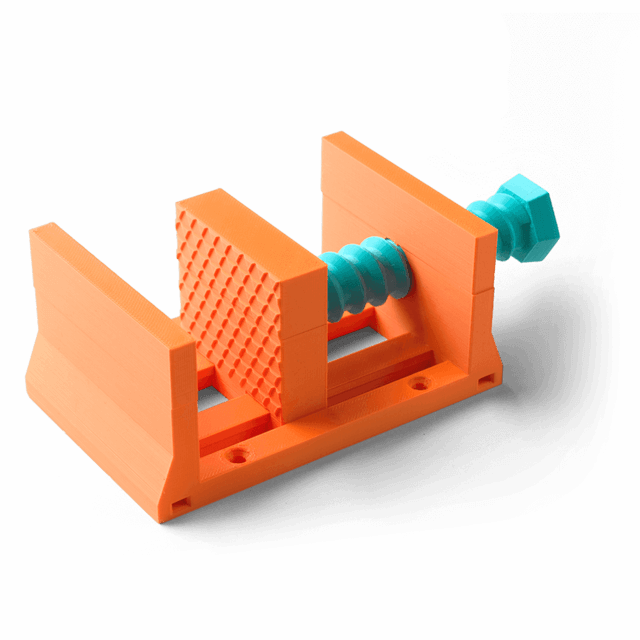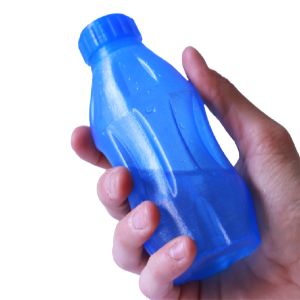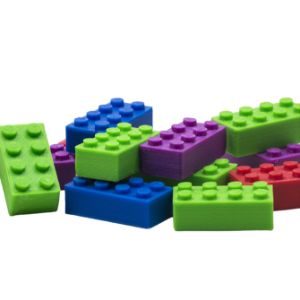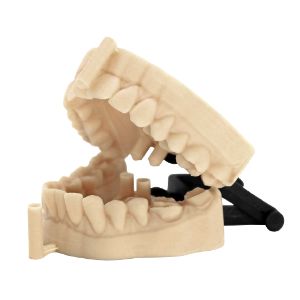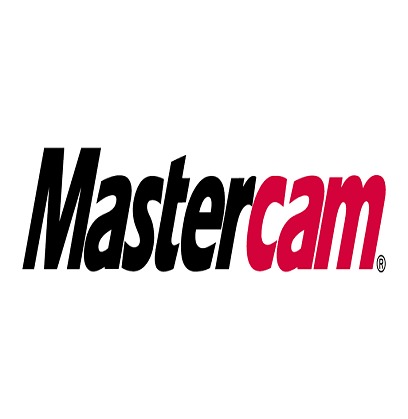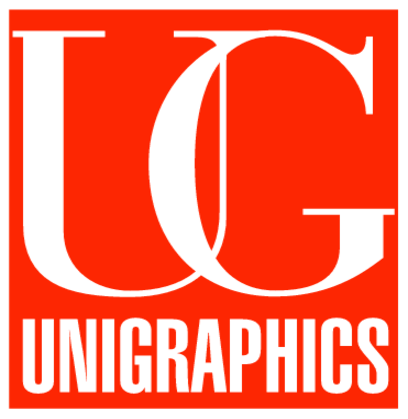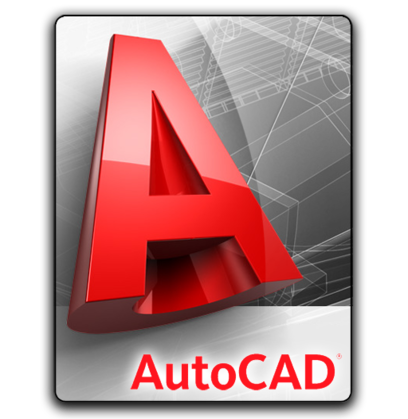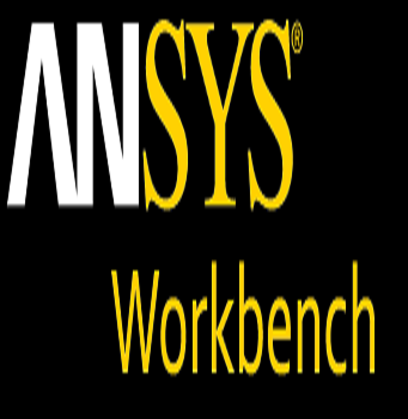3D Printing is the latest manufacturing technique used to swiftly design and manufacture products.The technique of transforming digital blueprints into three-dimensional solid products by piling additive materials on top of one another is commonly referred to as 3D printing service. Businesses may use it for small-scale prototypes at the planning stage, some may use it to build tools or architect features, and yet others may choose to conduct the entire end-to-end design process using 3D printing services.
Outsource 3D Printing Services !
We have provided 3D Printing Services to numerous projects across the india for over more than 3 years. we qualified and experienced 3D Printing engineers is proficient in providing printing services such as offer hand drawing or blueprint conversion, file format conversion, 2D to 3D models, and CAD to BIM. Images can be converted to CAD including JPG, GIFF, TIFF, BMP, RAW, PNG file types.
When you hire INSIGHT DESIGN CONSULTANT, you will outsource 3D printing engineering to an offshore firm with years of experience working with the best technology in the industry. We pride ourselves on delivering exceptional quality in everything we do.
How much does it cost to 3D print?
Our 3D printer calculator splits the total cost of a 3D printing job into two parts: the material cost, corresponding directly to the material that will be used, and labor cost, associated with the time of printing. Additionally, you can add a markup to ensure you're getting at least some profit on each item you print.
We calculate the material cost according to the following formula:
material cost = ρ π × (d/2)² × L × price
where
- ρ is the density of the material;
- d is the diameter of the filament;
- L is the length of the filament used for printing;
labor cost = time × hourly rate
where time is the time needed to finish the job,
hourly rate is the cost per one hour of 3D printing.
At the end of calculations, our 3D printing cost calculator adds the markup) to account for the profit:
final price = (material cost + labor cost) × (100% + markup)
FDM 3D PRINTING
- Lead Time - 2 days
- For Low Cost Prototyping
- Instant Quotation Available
- A.K.A Fused Deposition Modelling
SLA 3D PRINTING
- Lead Time - 3 Days
- Visually Appealing Surface Finish
- Instant Quotation Available
- A.K.A Stereolithography 3D Printing
SLS 3D PRINTING
- Lead Time - 5 days
- For Functional Testing
- Instant Quotation Available
- Best for Low to Mid Volumes
- A.K.A Selective Laser Sintering 3D Printing
